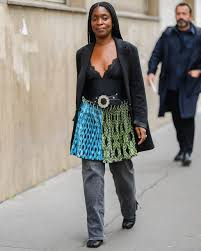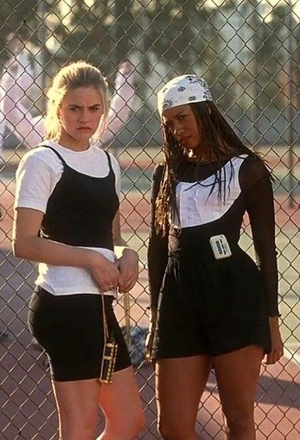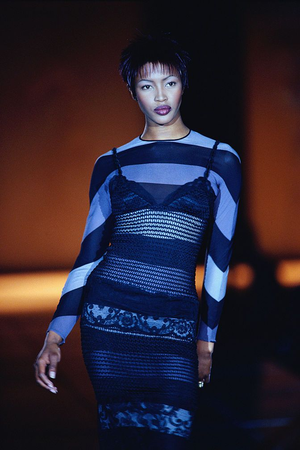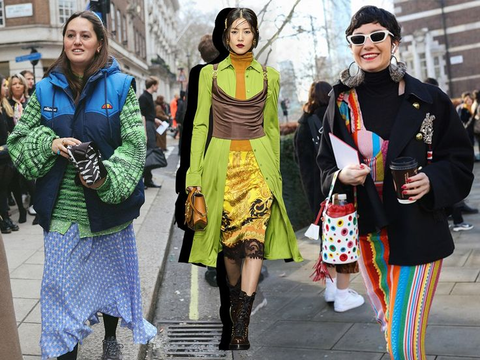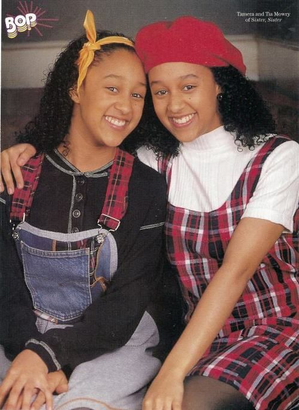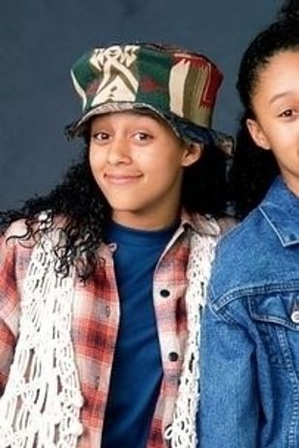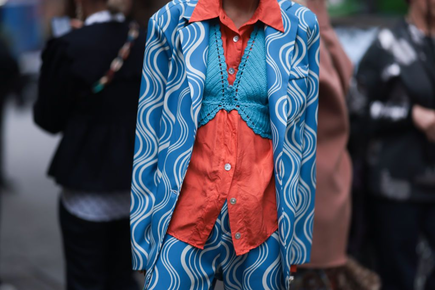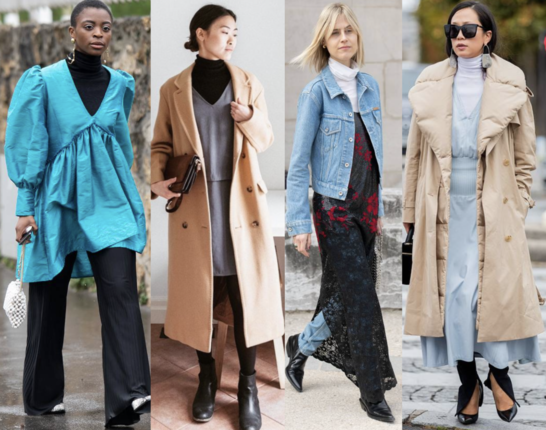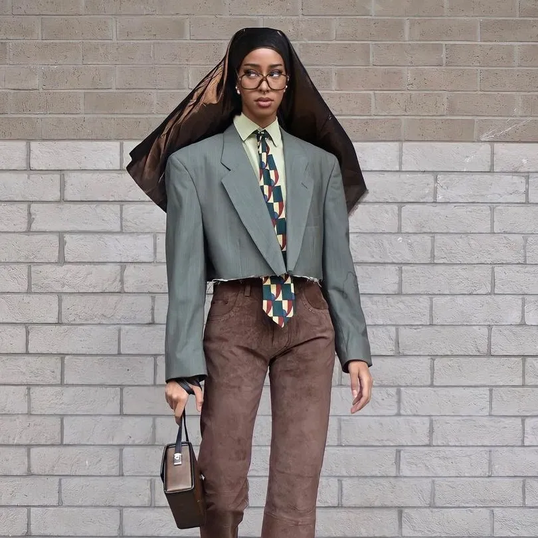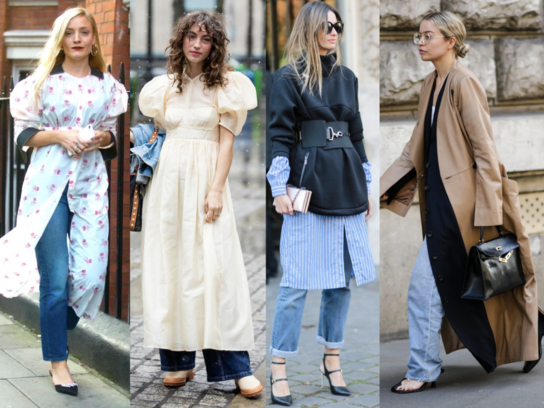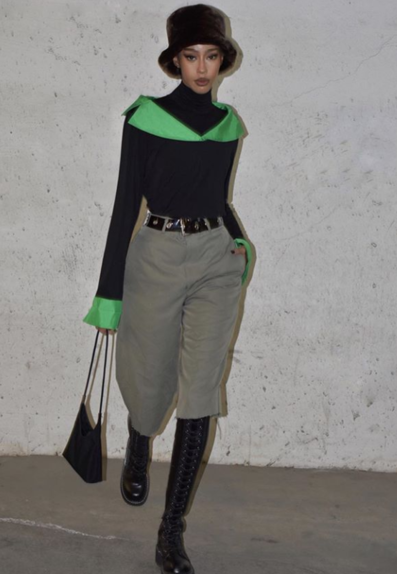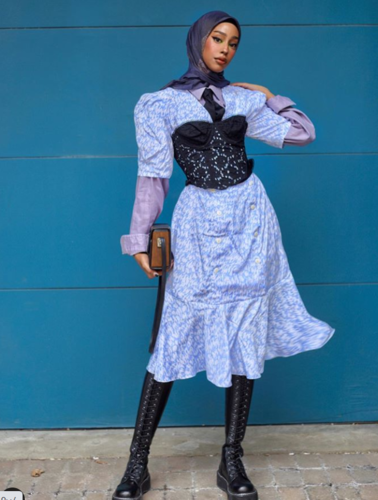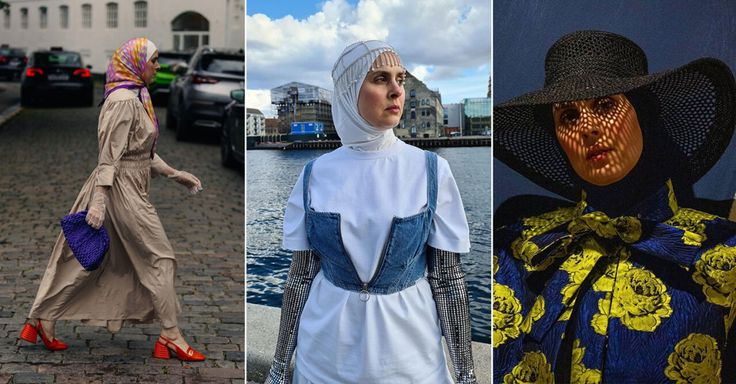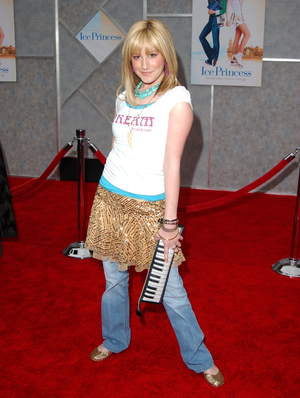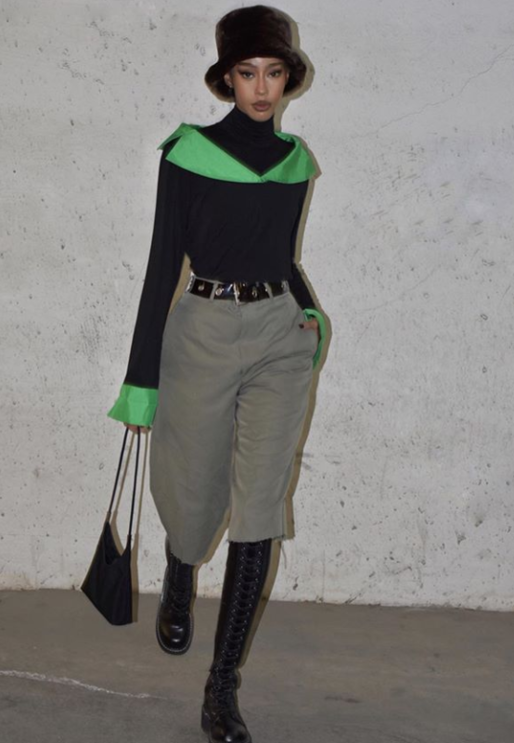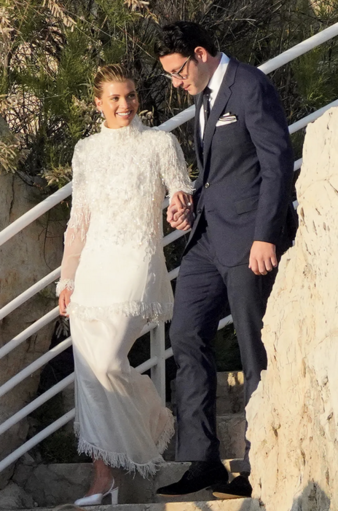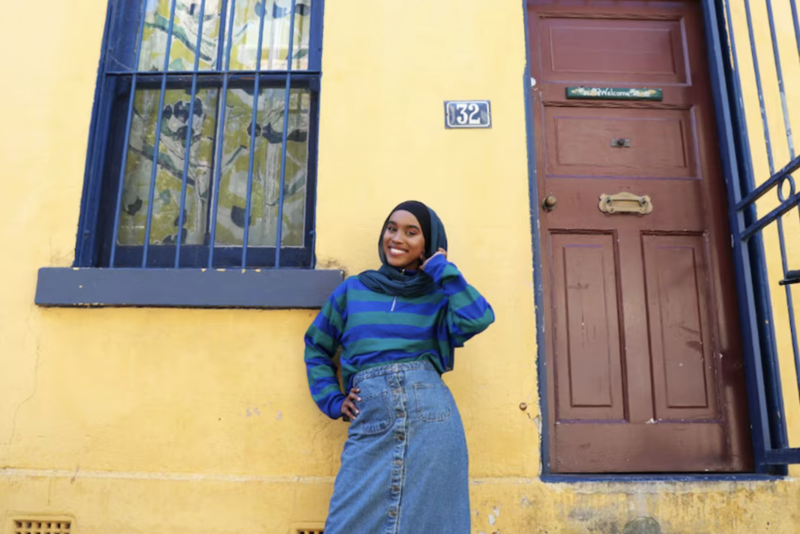https://northhowler.com/2759/entertainment/history-repeats-itself-layering-clothes/
https://lookiero.co.uk/blog/what-is-layering/
https://www.vogue.com/article/layered-shirt-trend
https://www.vogue.com/article/fall-layering-tips-runway-trends
https://www.femalemag.com.sg/gallery/fashion/9-cool-ways-to-layer-your-look-like-the-90s/
https://www.vogue.com/article/hodan-yousuf-tiktok-creator-style
Reflection:
Layering you can use for different uses. You can use it to keep yourself warm and build it up with thin layers so it doesn’t look bulky. Or you can use it as a fashion statement. You need to be able to see all the layers and how you styled it.
The layering trend in 2023 looks very similar to layering trend in the 90’s and/or 2000’s.
I think layering is also a starting point of maximalism. It depends on the colors and prints etc. But I see a lot of people these days working with different layers, as in different fabrics, different thickness of the fabrics and it’s more of a fashion statement than it has a purpose. You can have a lot of fun with, make dynamic outfits and not only with clothes but also with accessories.
Another point is that women that dress modestly also use layering but never because of the trend, but of their beliefs.
I think women that wear a hijab and try different things in styling while keeping it modest get less fast appreciation for it than someone doesn't have the same belief and maybe feels more relevant to people. But I think it's very important there is diversity in examples for trends. One of my favorite content creator is Hodan Yousuf
A lot of colors but als neutral combinations.
Skirt and dresses paired with pants.
It can be casual, maximalism or modest.
In the 90's they layered clothes mostly with slip dresses, overalls, oversized t-shirts and flanels.
I think now people experiment more with different styles using layers. For example practical/sportswear combining with a skirt like on the second picture.
“My faith is an important component when it comes to my wardrobe and image,” she says. “The fashion industry lacks proper representation for a lot of minority groups. As an individual in this field, I want to inspire people to have the courage to express themselves, and I hope they can find that through my work.”
Layering trend: Dressing modest and trends
Introduction
In the second semester I decided to focus more on dressing modest in combination with the layering trend, because I started to follow a few hijab women on Instagram that experiment with vintage clothes and ‘trend based’ clothes that they normally can’t wear as a single piece. For example, a see-through dress, basically anything that shows too much.
I see a lot of creativity online with styling and people playing with layers in different styles. I think with hijab women they always need to start with a base that doesn’t show skin so I’m always very curious how they will put a certain garment together with the rest, like an extra challenge. And it always gives me inspiration and a different perspective on the garment what other ways there are to style it.
But did hijab women got the same recognition from the beginning for the way they dress than the people that follow trends.
What is a “modest queen”?
You have a lot of quiet luxury, clean girl, minimalism trends now which also involves dressing more modest in a way. Online a discussion started about, when will people recognize hijab women for trying to show for a long time that there’s class and elegance in covering up. It started online when people commented on the wedding dresses of the celebrity Sofia Richie that had a cleaner and more covered design to it. A lot of people started to appreciate the way she dressed for her wedding and after, Sofia Richie got called the “modest queen” by her followers.
After this someone commented “Is it normal that I feel frustrated at the narrative that Sofia Richie has ‘begun’ a trend of modesty? Muslim women have been fighting so hard to make people understand that there’s class and elegance in covering up,” she continued, “and that it’s not always a manifestation of oppression.”
I think this also has a lot to do with people their view on religion in this case the Islam. The way the media writes about it and show people a negative image. People are quick to believe that this is how women feel within the Islam. Being forced to cover up. According to classical Islam, it is really an obligatory and an important part. There are also Islamic countries such as Iran where it is mandatory. But the headscarf is not a basis of Islam, it is a part, so many Muslim women also choose not to wear it.
I also have a colleague at work that wears a hijab and she see it as feminism. It’s her choice if she wants to cover her hair and every woman should be able to choose and be left free in her choice. She made clear that she did this for her beliefs and herself and not for men, what also some people can think.
And this is also why it’s so important that there are more hijab women online that show how you can style in different modest trend ways and that they get more recognition for their effort to show people that it’s not a negative thing. Maybe this is not the main take of their video’s, but I do think that it helps other people to get a more positive view on women covering themselves. These two are the ones I follow now online for a while: Hodan Yousuf and Samia Benchaou.
Resources:
https://www.theguardian.com/fashion/2023/dec/06/fashion-statement-modest-fashion
https://medium.com/@guidedrebel/why-modest-apparel-is-the-new-trend-in-fashion-54589ffe0c1d
https://onyxabaya.com/modest-fashion-a-flourishing-trend-of-2023/
https://www.abc.net.au/everyday/modest-fashion-is-the-trend-you-need-to-watch-out-for/10386936
https://www.youtube.com/watch?v=6bMY1KIPpKY
https://waaromhijaab.jouwweb.nl/hoofddoek/mode/mode-iconen
https://www.abc.net.au/everyday/modest-fashion-is-the-trend-you-need-to-watch-out-for/10386936
What does it mean to be a Muslim woman in the fashion industry?
Back in 2015 H&M did a campaign with plus-size models, Sikh men and amputees. They did this to reach a wider audience to promote their sustainable fashion through recycling. One of the hijab wearing model was Mariah Idrissi. She explains that women are using the headscarf as a way to express themselves through personal styling. “It always feels like women who wear hijab are ignored when it comes to fashion,” Ms. Idrissi said.
After the campaign was out she got a comment that this is a fashion-forward look at womanhood in their culture. And it can make other women more curious to why women choose to wear a hijab instead of being more distant and too scared to ask maybe. It creates a new space of acceptance and to get a better understanding. I think fashion should be accessible and fair for everyone and it’s good that H&M is using more different models. But this also means more target groups for them to buy their disposable clothes.
This also means that smaller and more sustainable brands need to think about using a wide range of different models. I do see it online, but I still miss the diversity sometimes. It’s more a difference in body types, certain looks and different genders which is also good, but not women wearing a hijab.
It can also be more difficult to shop, because trends change so many times, than also the microtrends that is very appealing to the younger generations and people that find it hard to find something well fitted for their body type and is affordable too. I can imagine that it can even be more difficult to look for sustainable affordable clothes that fit with their beliefs and also their personal style. It’s important to think about different variations of clothes and not a one size fits all.
Minal Malik, a senior lecturer at the London College of Fashion, says the goal should be to have no differentiation between modest fashion and “normal fashion”. “Western brands,” she says, “are important in making modest fashion more accessible and it’s a way of breaking down stereotypes and promotes an understanding between different cultures.”
In this age where it’s also a trend again to show more skin with miniskirts, short tops and see-through clothes and can also feel empowering for women to choose not to and feel strong in following their beliefs. Its rebellious in its own way. Since it’s still not accepted by a lot of people with different mindsets.
For 21-year-old hijabi model Miski Omar from Auburn in Sydney, who started wearing the head scarf at the age of 16 found her own style quite basic. She explains that she would wear a basic outfit and a slip-on head scarf and can look very messy in the beginning. When she started going to university she saw this girl wearing flared pants with Chuck Taylors which was something she was not used to seeing where she lived before.
When it comes to advice on how to dress modestly, Miski explain there's one all-important trick you have to master first and that is confidence!
ABC Everyday: Massilia Aili https://www.abc.net.au/everyday/modest-fashion-is-the-trend-you-need-to-watch-out-for/10386936
Is dressing modest a trend that will stay for a longer period?
In the beginning I mentioned the trends quiet luxury and minimalism and I wondered how this is related to dressing modest, because for these trends you it’s not necessary to cover up. But how hijab women dress themselves is rather timeless and elegant. Which also comes back in the other trends. It’s also about feeling comfortable and you don’t always have to wear something that is only a trend for a month. It can also be more sustainable since it can be easy to style with other garments. It’s all about using your creativity and authenticity to make it your own. And I also think it’s good to not follow trends. It’s all about your confidence and that you only buy it because, you like it and it fits your personality. It already becomes more sustainable because, you know you will wear it for a long time and cherish it. Dressing modest is also being more conscious about what you want to wear and if it really matters what people think of you and being comfortable in your own skin with the choices you make.
Conclusion
After doing research about this topic I also got a better understanding of how hijab women had to adapt themselves to social media to reach a wider audience and give people that other change of view. It can be very difficult to be in this position and you probably have to stand up for yourself a lot of times to proof yourself to others.
I remember one time from a Dutch tv program that there was this discussion about freedom. And you had two Muslim people and two white women discussing why a burka made them feel unsafe because, you can’t see the full face anymore and also the hijab. The white women could only think about the hijab woman was restricted in her freedom because of her belief. Even though the Muslim woman explained herself and how she sees freedom. But if you look at it the other way around the two white women we’re not able to position themselves in the other person and restricted themselves in their own mindset and view on different cultures and beliefs. So, even though it became a trend dressing modest and hijab women should still get more recognition for their way of living, I do think it’s good people start to see more and more it not a negative garment to wear or to dress that way.
